By Jeffrey Sanzel
Disney has reached into its vault to create live-action versions of 101 Dalmatians, Beauty and the Beast, Cinderella, The Jungle Book and, most recently, the disappointing Dumbo and the mediocre Aladdin. Its newest release is the The Lion King, a remake of the 1994 animated classic, presented as a photorealistic computer-animated feature. The end result is stunning but unsettling.
The original Lion King was a revelation. It dealt with difficult subjects and never pandered; it was wholly entertaining, truly sincere, and played to all ages. With loose shades of Hamlet, there was humor and humanity. It spawned the highly theatrical Tony Award-winning musical that has run for over two decades.
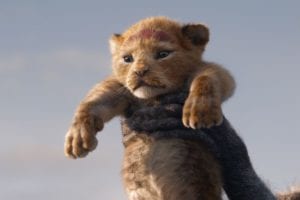
With few script embellishments from the original, the latest offering is just a new approach to animation. It is visually glorious, with every shot and every frame a breathtaking work of art. It is as realistic as if they were filming wildlife in its natural habitat.
And therein is heart of the problem. In creating creatures that truly appear real — and they do — there is little to no expression. As animals do not communicate with their faces, it often feels static and detached in the dialogue sections. Much of the film seems like a nature documentary with voice-overs. The flip side is that the violence is brutally convincing with moments that are genuinely frightening. The hyenas are particularly alarming — and when they attempt to alleviate this with comic lines, they come across as psychotic.
Directed by Jon Favreau, the film follows the original very closely (though clocks in a full 20 minutes longer). The opening is as beautiful and powerful as the original with the assemblage of animals coming to the presentation of young Simba, crown prince of the lions. The death of the patriarch is every bit as heart-wrenching if not more. The lion cubs could not be cuter. There are one or two very funny surprises; an amusing nod to Beauty and the Beast is welcome in one of the darker stretches.
In addition to the brilliant cinematography, the vocal artistry is first rate. J.D. McCrary and Donald Glover as the young and grown Simbas, respectively, bring honesty to their shared role.
Billy Eichner is hilarious as the meerkat Timon, with a nice assist from an underplaying Seth Rogen as the warthog Pumbaa.
John Oliver is comically uptight as the bird Zazu while John Kani brings genuine gravitas to the shaman-like Rafiki. Alfre Woodard is appropriately warm and strong as matriarch Sarabi and the great James Earl Jones, the only hold-over from 1994, returns as Mufasa and delivers a performance equal to his original.
Especially strong, finding both danger and dimension, is Chiwetel Ejiofor as the treasonous Scar; what is interesting is that of all the characters, his face somehow manages to communicate the most expression.
The delightful music of the first film is here: It once again features the Oscar-winning work of Hans Zimmer, Tim Rice and Sir Elton John.
Because of the realistic and often savage violence, it seems that it might be too frightening for young audiences. So while engaging and inventive, ultimately, Disney’s The Lion King leaves the viewer with a certain disconnect and questioning not so much as why it was made but for whom.
Rated PG, The Lion King is now playing in local theaters.


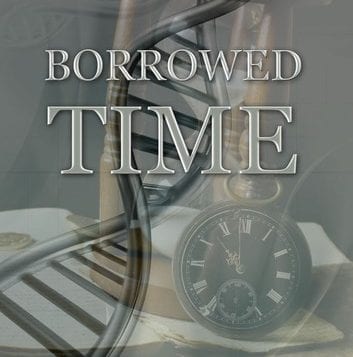

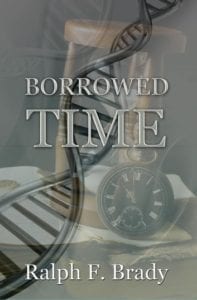 Brady has meticulously researched turn-of-the-century Long Island and paints both a community and global picture of the time. There is great fun in many local references, both past and present. For example, the train from Brooklyn to Greenport is always on time as there are only four stops.
Brady has meticulously researched turn-of-the-century Long Island and paints both a community and global picture of the time. There is great fun in many local references, both past and present. For example, the train from Brooklyn to Greenport is always on time as there are only four stops.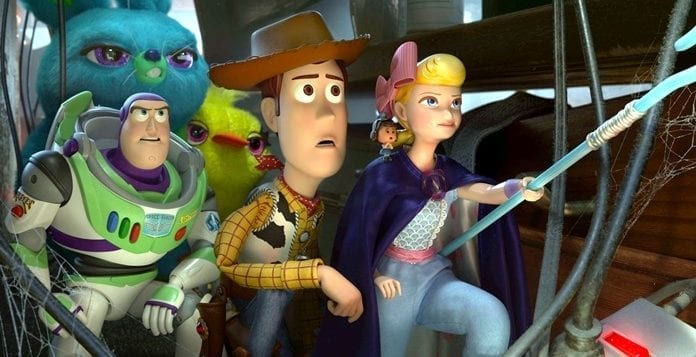
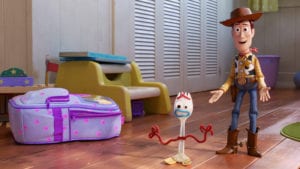
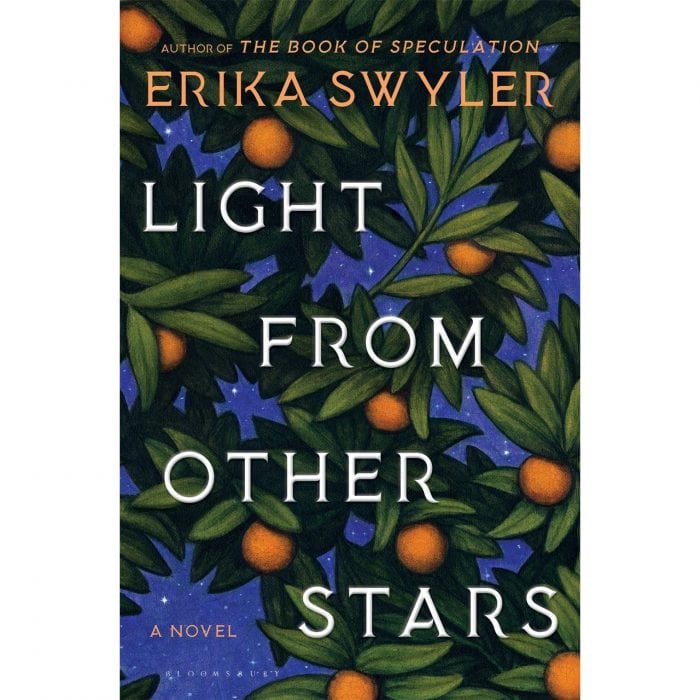

 Small details of the day-to-day struggle, both physical and emotional, are juxtaposed with larger themes and the crisis that they are immediately facing. From the first moments of the book, the stakes are genuinely high.
Small details of the day-to-day struggle, both physical and emotional, are juxtaposed with larger themes and the crisis that they are immediately facing. From the first moments of the book, the stakes are genuinely high.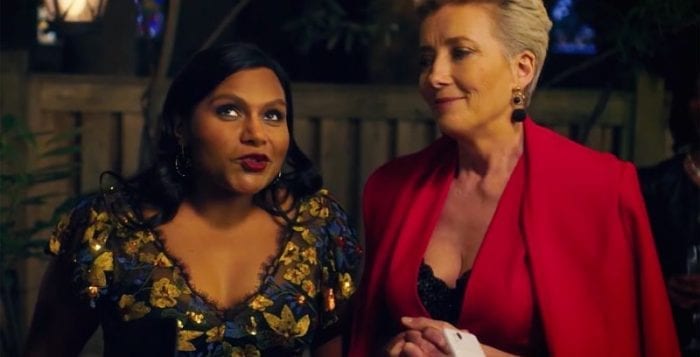


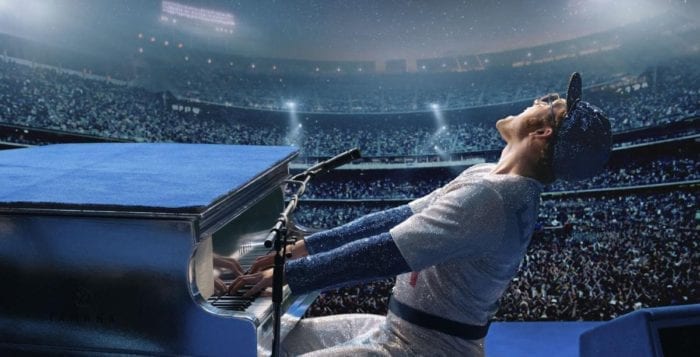

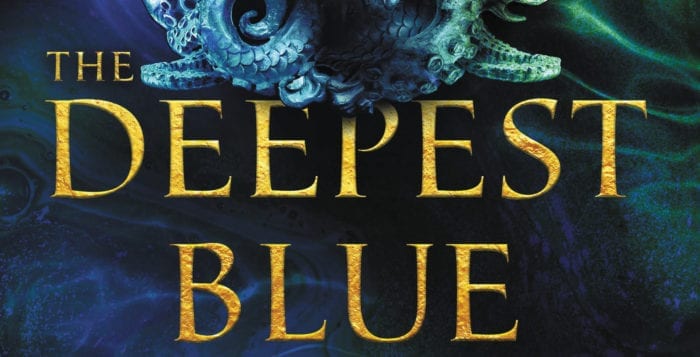

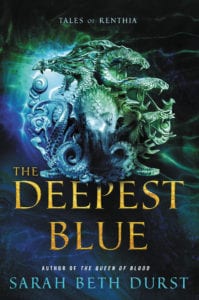 Heirs “… were, in many ways, above the law. They were trained to fight threats to the islands. Trained to fight spirits …” It is the strongest women who need to become heirs, to fight the wildest and most dangerous of spirits. Whenever wild spirits are going to attack the islands, the queen becomes aware of their encroaching presence and sends the heirs to subdue them.
Heirs “… were, in many ways, above the law. They were trained to fight threats to the islands. Trained to fight spirits …” It is the strongest women who need to become heirs, to fight the wildest and most dangerous of spirits. Whenever wild spirits are going to attack the islands, the queen becomes aware of their encroaching presence and sends the heirs to subdue them.


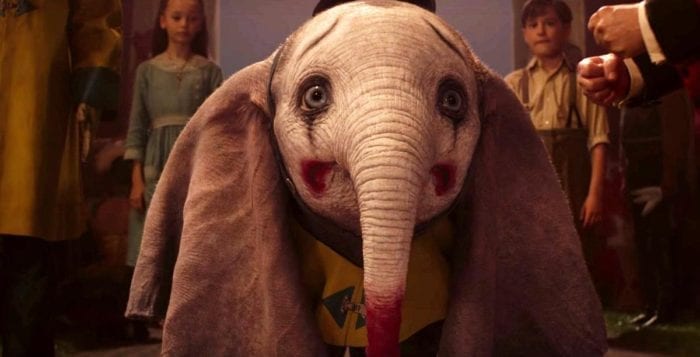
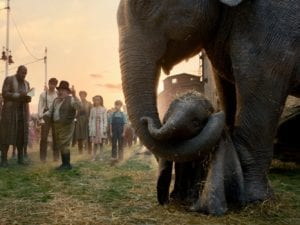 The story in both cases is that of the baby elephant, Jumbo Jr., a pachyderm born with giant ears. It is what makes him different that ultimately proves him special. These giant appendages give Jumbo Jr. — crowned Dumbo — the gift of flight. Ultimately, it is a tale of the “other” — a being ostracized for being different and then finding success, and, more importantly, joy in this distinction.
The story in both cases is that of the baby elephant, Jumbo Jr., a pachyderm born with giant ears. It is what makes him different that ultimately proves him special. These giant appendages give Jumbo Jr. — crowned Dumbo — the gift of flight. Ultimately, it is a tale of the “other” — a being ostracized for being different and then finding success, and, more importantly, joy in this distinction.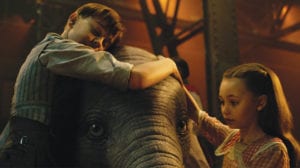 The story is set just after the end of World War I. Wounded soldier Holt (a brooding but sympathetic Colin Farrell) returns to a failing circus and to his children, Milly and Joe (Nico Parker and Finley Hobbins, in nicely understated performances). He has lost his arm to the war and his wife to influenza. The circus is run by a roguish charlatan, Max Medici (Danny DeVito, doing what he does and does well), and is populated by the expected archetypes — the mermaid, the strongman, the snake charmer, etc. Instead of pursing this world and background lives, Burton opts for broad strokes and frenetic action.
The story is set just after the end of World War I. Wounded soldier Holt (a brooding but sympathetic Colin Farrell) returns to a failing circus and to his children, Milly and Joe (Nico Parker and Finley Hobbins, in nicely understated performances). He has lost his arm to the war and his wife to influenza. The circus is run by a roguish charlatan, Max Medici (Danny DeVito, doing what he does and does well), and is populated by the expected archetypes — the mermaid, the strongman, the snake charmer, etc. Instead of pursing this world and background lives, Burton opts for broad strokes and frenetic action.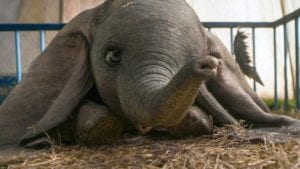 While there are plenty of homages to the original (the lullaby “Baby Mine,” the pink elephants are particularly clever and a mouse in a uniform harkens to the antecedent’s sidekick), the film has a very modern point of view, especially on the issue of caging animals. It is an important message and one that needs to be heard, but rings oddly false in its period setting.
While there are plenty of homages to the original (the lullaby “Baby Mine,” the pink elephants are particularly clever and a mouse in a uniform harkens to the antecedent’s sidekick), the film has a very modern point of view, especially on the issue of caging animals. It is an important message and one that needs to be heard, but rings oddly false in its period setting. 




